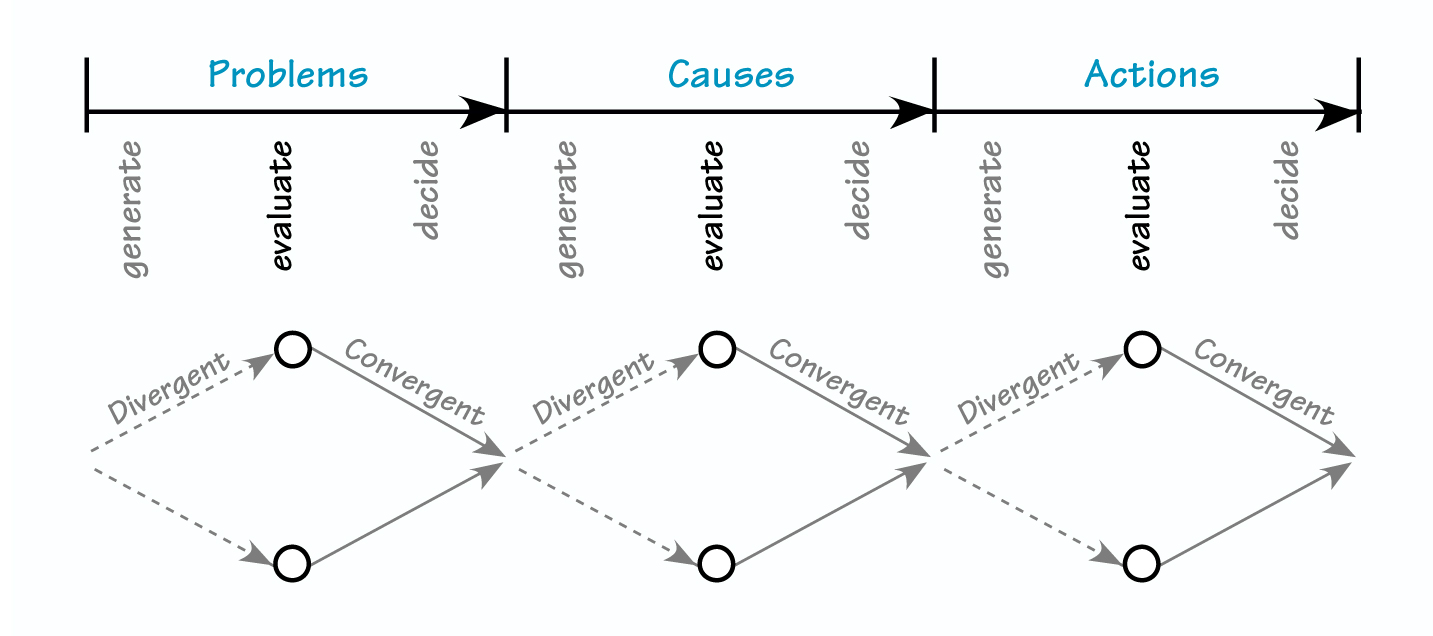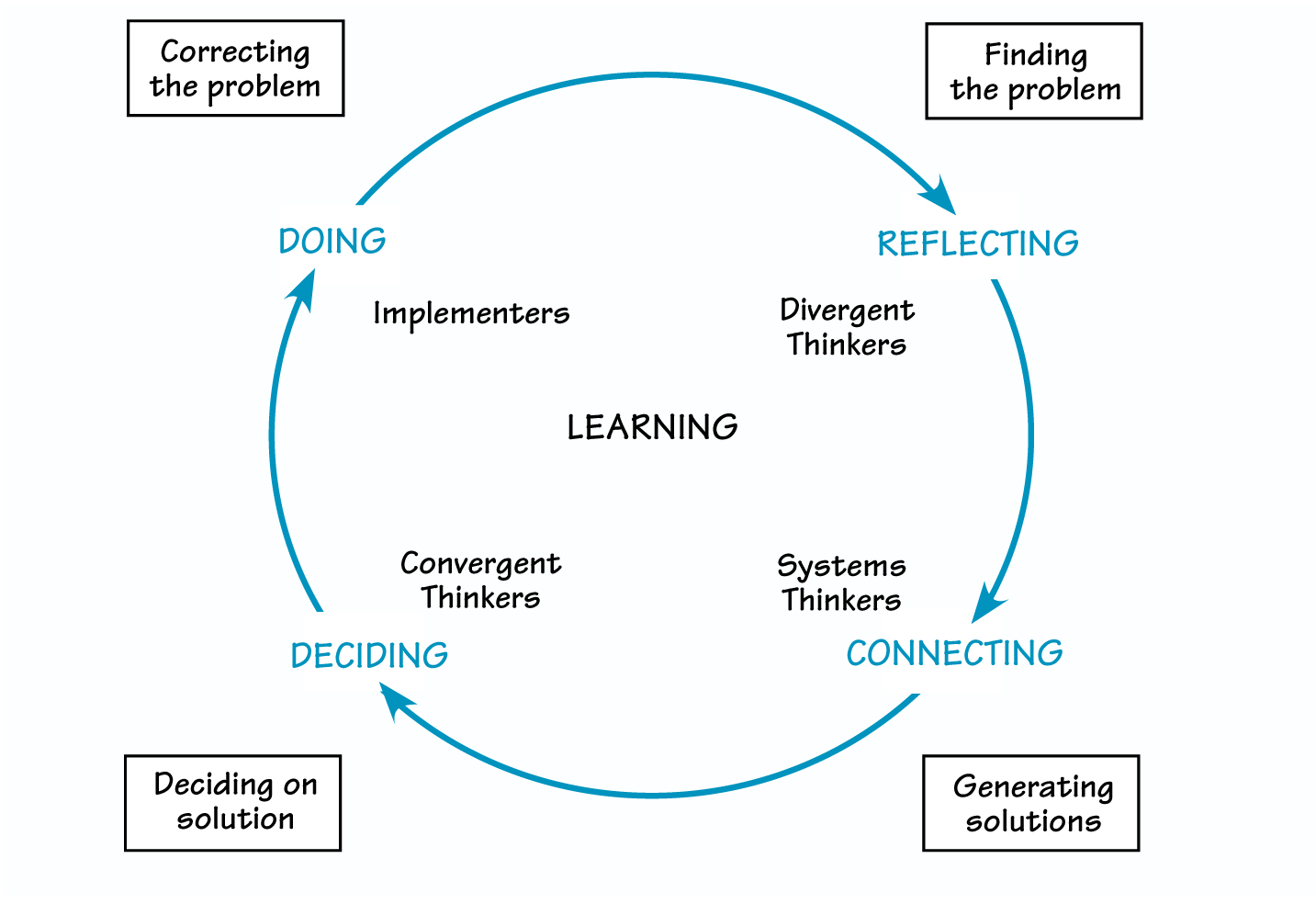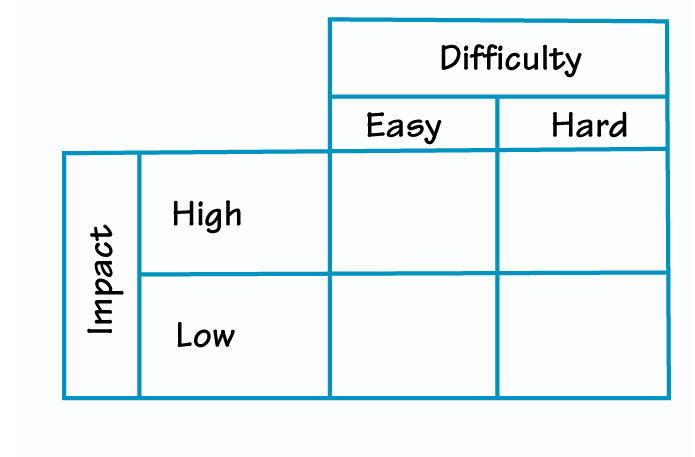Are you frustrated by meetings that drag on and on, with groups repeatedly revisiting difficult issues and failing to make decisions? Do managers or team members eventually take actions that aren’t based on consensus or approved by the larger group? If so, here’s what to do about it.
Group Multiple Personality Disorder
TEAM TIP
In your organization, do the people with the loudest voices or highest status consistently push through their own agendas? Nominal group technique, as briefly described in this article, is one way to ensure that everyone in a group has an opportunity to contribute to decision making. The link http://creatingminds.org/tools/ngt.htm gives one overview of the process.
A major problem with teams is that they suffer from what I call group multiple personality disorder. I’m not referring to a psychological condition but to the reality that groups are literally composed of many different persons with different personalities, each with a history of different experiences and perceptions. Because of this “disorder,” it’s especially difficult for a team to get the best information from each individual and arrive at consensus for action. The result is that the lowest common denominator ideas rise to the top, not the best ones.
What to Do About It?
Conflict in groups is a good thing; a major strength of teams is that they can tap different perspectives. We need conflict just not too much or too little. The quality of decisions is less than optimal when conflict is either too low or too high. At the low end, we have groupthink, where no different views are considered. At the high end, we have continuous conflict, in which we never identify common ground.
Because groups face their greatest challenges when addressing situations that are complex and difficult, a decision-making process must allow individuals to be both assertive and cooperative. We want those with strong opinions to express them while encouraging input from others and promoting mutual understanding.
How to Do It?
Groups can use the facilitation approach described below to improve processes, as well as to develop organizational values, purpose, vision, and strategies. Briefly, for process improvements, it breaks problem solving into phases that determine problems, causes, actions, and action priorities. Within each phase, there’s an initial divergent step to generate ideas, an intermediate step to evaluate the ideas, and then a final convergent step to decide on the best ideas (i.e., to rank them).
PROCESS IMPROVEMENT PHASES

This sequence of divergent and convergent phases allows individual input and efficiently finds the extent to which there is group consensus.
The generation step uses the nominal group technique to produce a wider variety and quality of independent ideas than produced by brainstorming. The evaluation step allows inquiring about and advocating for ideas; it avoids arguing about them. The decision step consolidates ideas and reveals consensus. With this process, a group alternates between a nominal mode for idea generation and an interactive mode for idea evaluation and decision making. (The term “nominal” means noninteracting; that is, a group is only nominally a group during the idea generation step.)
Process Phases
This process may seem overly detailed and constraining, but it’s actually liberating and energizing. It frees participants to hear and contribute competing ideas without fearing they’ll get into battles or become trapped in endless debate from which they’ll emerge exhausted, either without a decision or with a decision that they’re sure doesn’t have consensus. Note that in each phase there are generate, evaluate, and decide steps (see “Process Improvement Phases” on page 6).
Here are the phases for improving processes:
- Identify Problems: The group lists, evaluates, and ranks problems.
- Identify Causes: For each of the top problems, the group lists, evaluates, and ranks problem causes.
- Identify Actions: For each of the top causes, the group lists, evaluates, and ranks actions to address each problem cause. This step also includes examining possible unintended consequences of different courses of action.
- Prioritize Actions: With actions identified, the group prioritizes actions using an “Action Priority Matrix” (see discussion of this tool on page 8).
A subsequent process is to use project management techniques to develop and track plans for who’s going to do what, by when, and with what level of quality.
The Wheel of Learning
The steps within each phase follow the “Wheel of Learning,” which describes the sequence for effective learning (see “Wheel of Learning”).
Divergent thinkers reflect to identify problems, systems thinkers connect ideas to generate solutions, convergent thinkers decide on solutions to implement, and implementers carry out actions to correct problems.
WHEEL OF LEARNING

Each of us tends to favor a style on the wheel. Unfortunately, people with different styles tend to drive each other crazy. For example, reflecters never want to stop thinking about what the problems could be, and systems thinkers love to connect ideas. But doers just want to get on with it and bridle at what they perceive as endless discussion. While these differences are a major source of conflict, groups need participants of all styles for effective learning, that is, to keep the group “moving around the wheel” by passing the baton to those with the needed style at the appropriate time.
One group I worked with had no members whose self-assessed primary style was “deciding.” Consequently, they did not have an effective decision-making process; that is they could only make decisions when everyone was present, and that happened rarely. They were stuck in a Catch-22. Effective groups recognize the advantage of having individuals with different styles and assign responsibilities appropriately. Ask members of a team to assess their own primary and secondary styles. If the team is weak in one or more styles, consider adding members with needed styles.
At each phase, a facilitator takes the group through these steps:
- List/Generate Ideas: Have team members independently list ideas (nominal group technique).
- Evaluate Ideas:
-Solicit and post ideas, clarifying as needed.
–Cluster like ideas and name the clusters.
–Inquire about ideas without criticizing.
–Advocate for ideas deemed important.
- Select the Ideas to Pursue, Using a Proportional Voting Technique:
–Allow each person so many votes, e.g., for 10 clusters, give each person 6–8 votes to distribute among the clusters.
–Have each person distribute their votes among alternatives.
–Rank the ideas according to the number of votes.
–Select how many of the top ideas to pursue (generally the top three).
The “Action” Phase
ACTION PRIORITY MATRIX

In prioritizing potential actions, categorize each action according to its expected difficulty (easy to hard) and expected impact (low to high).
